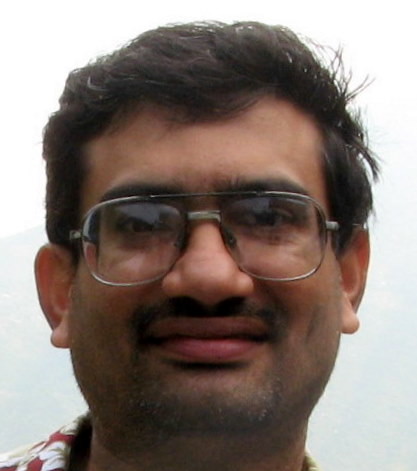 I have forgotten many details of the trip to Angkor Wat since it’s been over two years. But there are a few memories that still linger of a few temple structures and in particular of one band of musicians.
I have forgotten many details of the trip to Angkor Wat since it’s been over two years. But there are a few memories that still linger of a few temple structures and in particular of one band of musicians.Sooner or later Angkor Wat enters into every traveler’s wish list. Impressive though the grandeur of Angkor Wat was, I remember three other structures that impressed me even more.
In Bayon (Angkor Thom), I was amazed by the gargantuan face statues of the full-lipped King Jayavarman. His seemed like a very interesting choice – to make a statement in stone. In his quest to leave an everlasting mark, he opted to build dozens of statues of his own face, most of the faces taller than humans. They actually allow visitors to wander up and around the giant faces, and no one visiting the Angkor area should miss Bayon.
Since the guidebooks had recommended Tha Prohm, we went to that crumbling temple. It is one structure that is consciously not being restored. Consequently, the giant roots of silk cotton trees are engulfing the temple. The visual metaphors are almost too easy to reach for: the
 impermanence of stone, of the soft actually being the stronger force, of Nature slowly reclaiming what belongs to it. Even though this place is a little off the beaten path, I was glad we witnessed the awesome display of “immutable” stone structures being crushed by the vice grip of the mighty roots.
impermanence of stone, of the soft actually being the stronger force, of Nature slowly reclaiming what belongs to it. Even though this place is a little off the beaten path, I was glad we witnessed the awesome display of “immutable” stone structures being crushed by the vice grip of the mighty roots.
Ever since reading about Banteay Srei in Kira Salak’s Beheadings, where she goes searching for her estranged brother, I’ve wanted to go there. Among other things, I was curious to see if the poetry in stone that she writes about so well was really true. (Short answer, yes.) And so we went. Going there involves renting a vehicle since it is separated by several kilometers from the rest of the Angkor complex. Let me just say that I hadn't known that such delicate creations were possible in sandstone.
But more than the giant face statues of Bayon or the mighty roots of Tha Prohm or the fluidity of Banteay Srei, I remember the musicians. By the side of a path leading to the entrance to a temple, a group of 8 men had seated themselves on the ground. They were playing assorted Cambodian instruments for money. A sign in front of them identified them as victims of the landmines. All eight men had lost limbs, a part of a hand or a leg and they were playing music as a way to earn some money.
Their repertoire was a series of haunting melodies. I stood and observed for a while. While I watched, practically every passing visitor opened their wallets. US Dollars, the default currency that visitors in Cambodia use were dropped freely. Even after I had walked away some distance, the band’s poignant music trailed me.

 Ram
Ram





I personally have followed with great interest the History of Angkor Wat. Built by the Khmer Kings of old. Initially a temple to Vishnu with the central pillar signifying the mount meru.
ReplyDeleteI personally do not remember which Khmer King built the Angkor Wat (mebbe Rudravarman?) but nevertheless its a spectacular piece of architecture.
A temple that survived the bloody dictatorship of Pol Pot.
Hope to visit Angkor Wat myself someday.